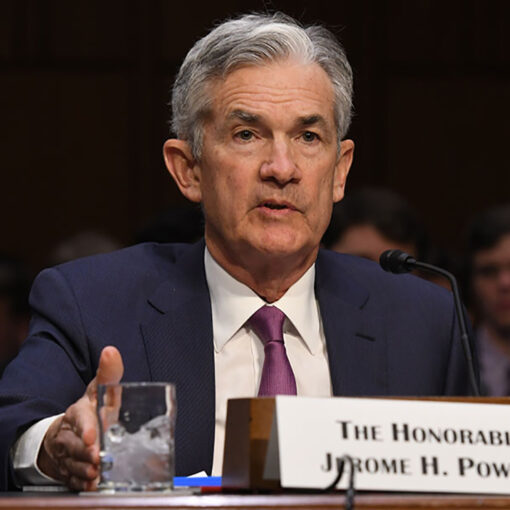[ad_1]
In 1688, Joseph de la Vega wrote, “Profits on the exchange are the treasures of goblins. At one time they may be carbuncle stones, then coals, then diamonds, then flint stones, then morning dew, then tears.” He was writing about the trading of shares on the Amsterdam Stock Exchange of his day. He could have been writing about modern-day alpha — that extra portion of return investors clamor for. Academics can’t define it rigorously for lack of an agreed-upon market (asset-pricing) model. Empirically, and owing to statistical noise, it can be difficult to pin down, even when we use the returns-generating process of our choosing. Yet, many investors seem to think they can spot this element of return in advance. So, large numbers of them eagerly pursue alpha.
Alpha is elusive. Michael Jensen, who wrote about mutual fund performance in 1967 and is responsible for coining the term “alpha,” observed, “…the mutual fund industry … shows very little evidence of an ability to forecast security prices. Furthermore, there is surprisingly little evidence that indicates any individual funds in the sample might be able to forecast prices.” S&P Global continues this work, showing that 88% of large-cap mutual funds underperformed the S&P 500 for the 15 years ended 2023.
My own work, which focuses on the performance of institutional portfolios, indicates that none of the 54 public pension funds that I track have outperformed market index benchmarks by a statistically significant margin since the Global Financial Crisis of 2008 (GFC). Endowments do no better.
Moreover, alpha is short-lived. As investors attempt to exploit it, it begins to disappear. This element of extra return is as difficult to capture as it is to locate.
The cost of active investing is a different matter altogether. Investment expenses, whether in the form of management fees or carry, are factual, exactly measurable, and don’t fade away. But no one, it seems, wants to talk about them. In my studies of public pensions and endowments, I have identified just a handful that regularly make full disclosure of their investment expenses, including carry. CEM Benchmarking has observed that public pension funds in the US underreport the cost of investing by more than half. My own work confirms this finding. And endowments do not report their costs.
An NBER study shows that balanced mutual funds underperform market-index benchmarks by an amount just equal to their cost, on average. I find the same perverse equality holds true for public pension funds and endowments. I estimate that the average expense ratio of public pension funds, with more than 30% in alternative investments, is 1.3%. The corresponding figure for large endowments, with more than 60% alts, is 2.5%. These are also the typical margins of underperformance.
For institutions, cost appears to be directly proportional to the percentage allocation to alternative investments. I estimate that Harvard University, with about 80% in alternative investments, spends three full percentage points of endowment value on money management annually, including the operation of its investment office. I estimate Harvard underperformed a tailored blend of market indexes by a like amount since the GFC. Harvard spends more on money managers than it takes in in tuition each year. It’s no wonder institutional investors are reluctant to talk about their investment expenses.

There is every reason to believe that both public and private markets will become steadily, ineluctably more efficient, making alpha even harder to come by. That puts the spotlight on cost for active investors. Gentle reader, understand that the cost of institutional investing has become an impossible burden.
Here are suggestions for reconciling elusive alpha and corrosive costs:
- Know the cost of your investment program from top to bottom. It takes work to compile this information. Make it known throughout your organization. Make cost-awareness, rather than cost-denial, part of your investing culture.
- Rethink portfolio design to reflect the realities of contemporary institutional investing. Conduct an asset class triage. For example, research — mine and others’ — indicates that non-core private real estate equity and hedge funds, in particular, have been a serious drag on performance since the GFC. It’s no surprise: These competitively traded asset classes can cost more than 3% of invested capital annually and provide precious little diversification. Do you really want them in your portfolio? Passive investments, at next to no cost, will play an increasingly important role in successful investment programs.
- You may have a fancy risk budget. Consider establishing an old-fashioned expense budget. Having such wouldn’t rule out active investing and might make it more selective.
- Evaluate your performance relative to a simple passive benchmark, sometimes called a reference portfolio. This is a combination of a few stock and bond indexes that reflects your risk tolerance and taste for international diversification. The so-called custom benchmarks typically used by institutional investors, which are opaque and generally paint a rosy picture, only mask reality.
When all is said and done, which would you prefer: a conventional portfolio with all manner of costly esoterica that underperforms a legitimate reference portfolio by 100 bps or more per year? Or, one that is 80% passive with far fewer, carefully chosen active strategies that outperform by 10 bps or more per year?
Reduce costs. Give alpha a chance.
[ad_2]
Source link






 Bitcoin
Bitcoin  Tether
Tether  XRP
XRP  USDC
USDC  Dogecoin
Dogecoin  Lido Staked Ether
Lido Staked Ether  LEO Token
LEO Token